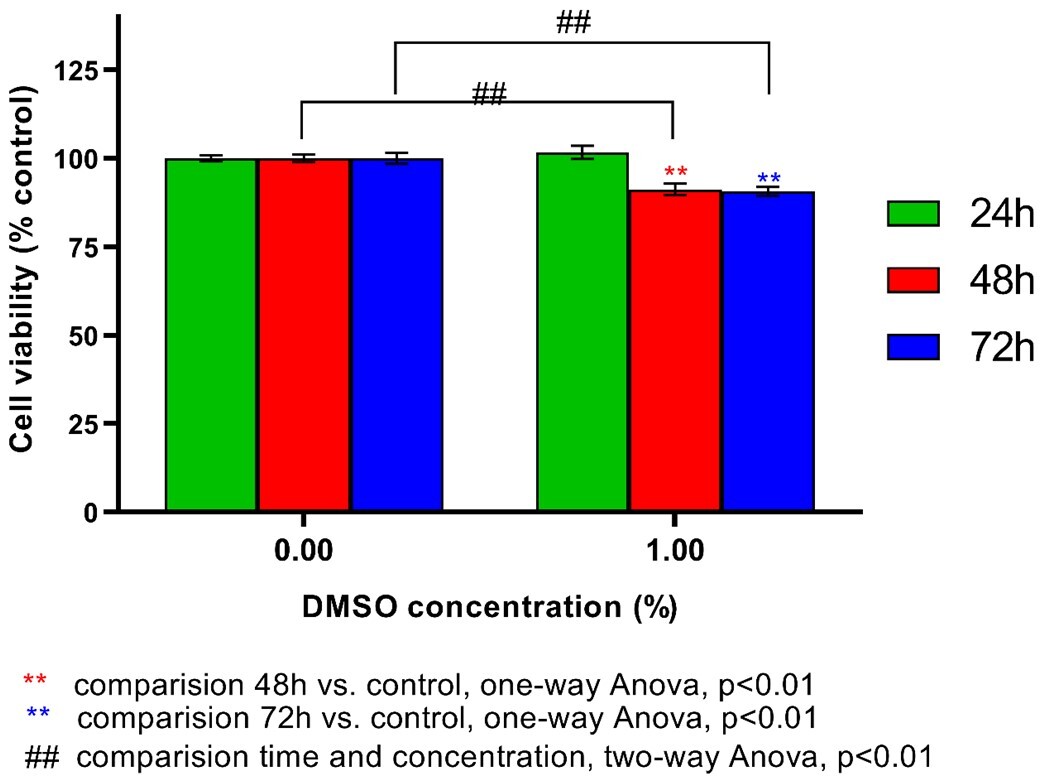Current issue
About the Journal
Scientific Council
Editorial Board
Regulatory and archival policy
Code of publishing ethics
Publisher
Information about the processing of personal data in relation to cookies and newsletter subscription
Archive
For Authors
For Reviewers
Contact
Reviewers
Annals reviewers in 2023
Annals reviewers in 2022
Annals reviewers in 2021
Annals reviewers in 2020
Annals reviewers in 2019
Annals reviewers in 2018
Annals reviewers in 2017
Annals reviewers in 2016
Annals reviewers in 2015
Annals reviewers in 2014
Annals reviewers in 2013
Annals reviewers in 2012
Links
Sklep Wydawnictwa SUM
Biblioteka Główna SUM
Śląski Uniwersytet Medyczny w Katowicach
Privacy policy
Accessibility statement
Reviewers
Annals reviewers in 2023
Annals reviewers in 2022
Annals reviewers in 2021
Annals reviewers in 2020
Annals reviewers in 2019
Annals reviewers in 2018
Annals reviewers in 2017
Annals reviewers in 2016
Annals reviewers in 2015
Annals reviewers in 2014
Annals reviewers in 2013
Annals reviewers in 2012
Effect of perphenazine and prochlorperazine on viability of human astrocytes
1
Department of Drug and Cosmetics Technology, Faculty of Pharmaceutical Sciences in Sosnowiec, Medical University of Silesia, Katowice, Poland
2
Department of Toxicology, Toxicological Analysis and Bioanalysis, Faculty of Pharmaceutical Sciences in Sosnowiec, Medical University of Silesia, Katowice, Poland
3
Department of Pathology, Faculty of Pharmaceutical Sciences in Sosnowiec, Medical University of Silesia, Katowice, Poland
Corresponding author
Michał Otręba
Zakład Technologii Środków Leczniczych i Kosmetycznych, Wydział Nauk Farmaceutycznych w Sosnowcu, Śląski Uniwersytet Medyczny w Katowicach, ul. Jedności 8, 41-200 Sosnowiec
Zakład Technologii Środków Leczniczych i Kosmetycznych, Wydział Nauk Farmaceutycznych w Sosnowcu, Śląski Uniwersytet Medyczny w Katowicach, ul. Jedności 8, 41-200 Sosnowiec
Ann. Acad. Med. Siles. 2024;78:167-172
KEYWORDS
TOPICS
ABSTRACT
Phenothiazine derivatives are well-known anti-psychotic drugs that possess several biological activities including anticancer activity. Much research provides data about its anticancer activity against human glioblastoma cell lines. Unfortunately, to date in vitro studies analyzing the impact of phenothiazines on the viability of human astrocytes have not been performed. However, it is possible to find one study about the viability of neurons and neurons with glia after incubation with perphenazine. Thus, in this study we measured the viability of human astrocytes after 24-, 48-, and 72-hour incubation with perphenazine and prochlorperazine dimaleate using the WST-1 assay. The obtained results suggest that perphenazine is safer for human astrocytes than prochlorperazine dimaleate. Moreover, 24-hour incubation with perphenazine or prochlorperazine did not significantly reduce cellular viability. It is a very important finding since previously we proved that in similar concentrations both drugs reduce the viability of the human glioblastoma U-87 MG cell line by approximately 50%. Therefore, the results suggest that phenothiazines can be used in glioblastoma treatment in concentrations that do not impact human astrocyte viability.
FUNDING
This study was funded by the Medical University of Silesia, Katowice, Poland (grant number PCN-2-013/K/1/F).
CONFLICT OF INTEREST
The authors have no conflicts of interest to declare that are relevant to the content of this article.
REFERENCES (11)
1.
Phenothiazine antipsychotics. Drugs.com, 2023 [online] https://www.drugs.com/drug-cla... [accessed on 23 August 2023].
2.
Edinoff A.N., Armistead G., Rosa C.A., Anderson A., Patil R., Cornett E.M. et al. Phenothiazines and their evolving roles in clinical practice: A narrative review. Health Psychol. Res. 2022; 10(4): 38930, doi: 10.52965/001c.38930.
3.
Otręba M., Kośmider L. In vitro anticancer activity of fluphenazine, perphenazine and prochlorperazine. A review. J. Appl. Toxicol. 2021; 41(1): 82–94, doi: 10.1002/jat.4046.
4.
Grimsey E.M., Piddock L.J.V. Do phenothiazines possess antimicrobial and efflux inhibitory properties? FEMS Microbiol. Rev. 2019; 43(6): 577–590, doi: 10.1093/femsre/fuz017.
5.
Otręba M., Kośmider L., Rzepecka-Stojko A. Antiviral activity of chlorpromazine, fluphenazine, perphenazine, prochlorperazine, and thioridazine towards RNA-viruses. A review. Eur. J. Pharmacol. 2020; 887: 173553, doi: 10.1016/j.ejphar.2020.173553.
6.
Rácz B., Spengler G. Repurposing antidepressants and phenothiazine antipsychotics as efflux pump inhibitors in cancer and infectious diseases. Antibiotics 2023; 12(1): 137, doi: 10.3390/antibiotics12010137.
7.
Otręba M., Buszman E. Perphenazine and prochlorperazine induce concentration-dependent loss in human glioblastoma cells viability. Pharmazie 2018; 73(1): 19–21, doi: 10.1691/ph.2018.7806.
8.
Yuan C., Gao J., Guo J., Bai L., Marshall C., Cai Z. et al. Dimethyl sulfoxide damages mitochondrial integrity and membrane potential in cultured astrocytes. PLoS One 2014; 9(9): e107447, doi: 10.1371/journal.pone.0107447.
9.
Zhang C., Deng Y., Dai H., Zhou W., Tian J., Bing G. et al. Effects of dimethyl sulfoxide on the morphology and viability of primary cultured neurons and astrocytes. Brain Res. Bull. 2017; 128: 34–39, doi: 10.1016/j.brainresbull.2016.11.004.
10.
Gil-ad I., Shtaif B., Shiloh R., Weizman A. Evaluation of the neurotoxic activity of typical and atypical neuroleptics: relevance to iatrogenic extrapyramidal symptoms. Cell. Mol. Neurobiol. 2001; 21(6): 705–716, doi: 10.1023/a:1015152021192.
11.
Jackson G.E. Chemo brain – a psychotropic drug phenomenon? Med. Hypotheses 2008; 70(3): 572–577, doi: 10.1016/j.mehy.2007.06.019.
CITATIONS (1):
1.
Comparative cytotoxicity of perphenazine on different human glioblastoma cells
Michał Otręba, Anna Rzepecka-Stojko, Tiago Rodrigues, Jerzy Stojko
Annales Academiae Medicae Silesiensis
Michał Otręba, Anna Rzepecka-Stojko, Tiago Rodrigues, Jerzy Stojko
Annales Academiae Medicae Silesiensis
The Medical University of Silesia in Katowice, as the Operator of the annales.sum.edu.pl website, processes personal data collected when visiting the website. The function of obtaining information about Users and their behavior is carried out by voluntarily entered information in forms, saving cookies in end devices, as well as by collecting web server logs, which are in the possession of the website Operator. Data, including cookies, are used to provide services in accordance with the Privacy policy.
You can consent to the processing of data for these purposes, refuse consent or access more detailed information.
You can consent to the processing of data for these purposes, refuse consent or access more detailed information.




